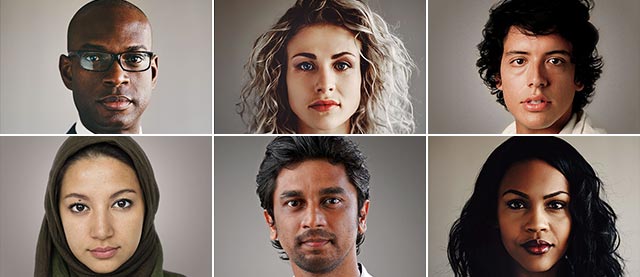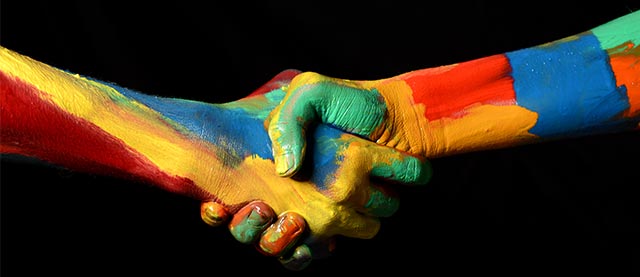Low-income, first-generation, LGBT+, and minority students are often underrepresented on college campuses; this means that they make up only a small fraction of the college’s total population. These underrepresented groups face unique challenges both in applying to and attending college. LGBT+ and minority students are more likely to become the victims of discrimination than their white, heterosexual peers. Low-income and first-generation students may struggle more in the application and financial aid process than students who come from families where college is an expectation. Fortunately, resources are available to help underrepresented students prepare for and succeed in college.
Low-income students come from families where the total annual family income is about $40,000 or less. Due to the cost of higher education, low-income students attend and graduate from college at lower rates than their higher-income peers. The struggles of low-income students are many: difficulty paying tuition, the need to work to support their families, a lack of understanding about financial aid, feelings of isolation on campus, and the stereotype that low-income students are not as intelligent as their peers. With some help from guidance counselors and college access programs, low-income students can successfully overcome these obstacles and attend college.
First-generation students, or those whose parents do not have college degrees, are not able to rely on their parents’ knowledge when pursuing higher education. First-generation students often receive less support when applying to colleges because those closest to them have little familiarity with the application and financial aid processes. They may also have to rely on less family income to afford college; though not all first-generation students are also low-income students, there may be overlap. Furthermore, first-generation students are less likely to graduate from college than their peers whose parents are college graduates. Thankfully, resources to help first-generation students get into and succeed at college are abundant.
The term “LGBT+” includes a range of identities, including lesbian, gay, bisexual, and transgender. Unlike students who may come from disadvantaged backgrounds, there are no financial hurdles to LGBT+ students attending college. The challenges that LGBT+ students face typically relate to bullying, harassment, and even assault by other students on campus. Although some students may choose to keep their identity secret from their peers as a form of protection, others choose to embrace it. Regardless of a student’s openness, there are many LGBT+-friendly campuses as well as scholarships and organizations that exist specifically to help this population.
Students who are of a race or ethnicity other than white (Caucasian) are considered minorities because they make up less than half of the population of the United States. Minority students (with the exception of Asian students) generally enroll in college at a lower rate than their white peers and also have lower graduation rates. Factors such as academic preparedness and the type of college that minority students choose to attend (they disproportionately attend for-profit institutions which results in higher than necessary student loan debt, contributing to dropout rates) affect these outcomes. Fortunately, colleges are responding to the lack of diversity in their student bodies by offering more opportunities to students of color.
College brings major life changes, and when you get to campus, you will certainly interact with people who come from different backgrounds and have different cultures, values, and experiences than you. While it’s fine to have respectful dialogue about the issues you disagree about, some topics should be approached more sensitively than others. Learning to be more tolerant of each other ensures that everyone feels safe and comfortable on campus and prevents instances of bullying, harassment, and assault.












